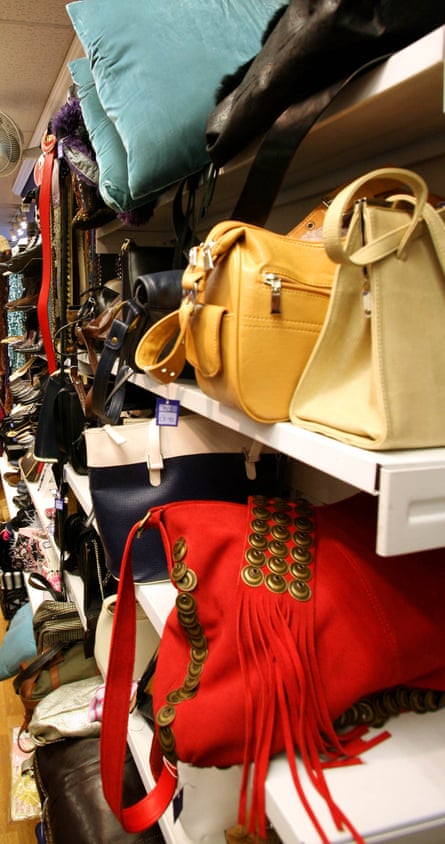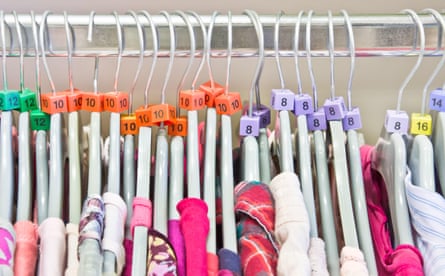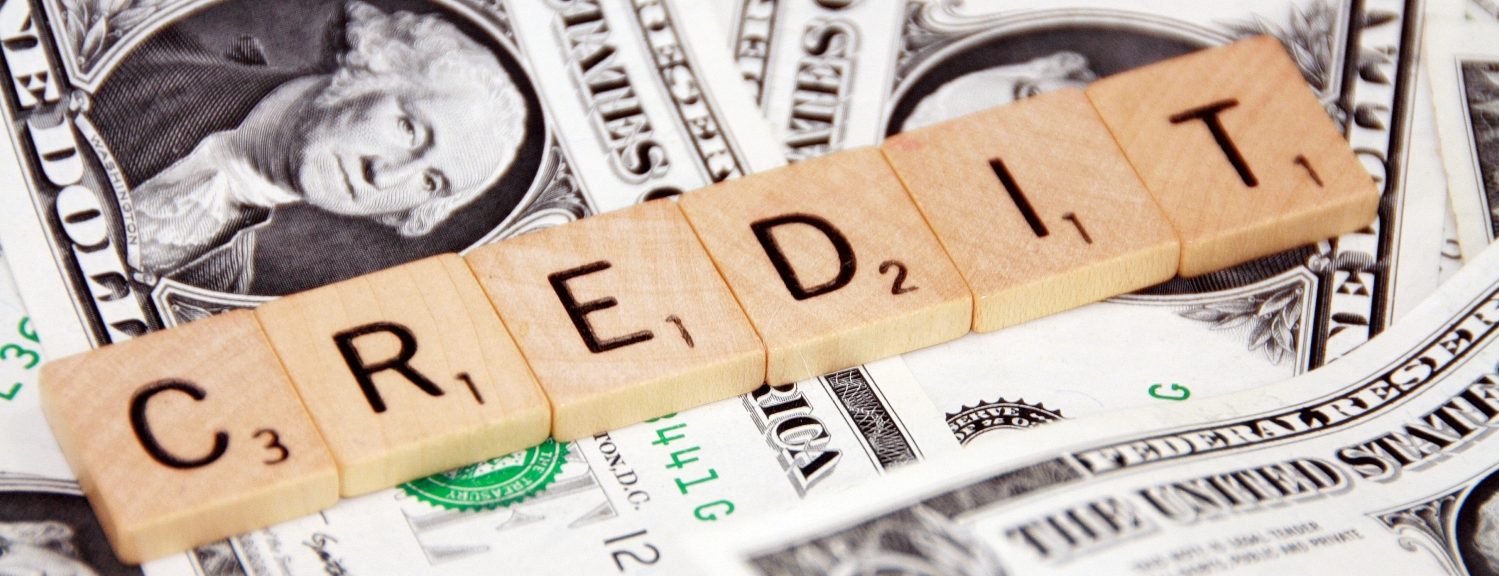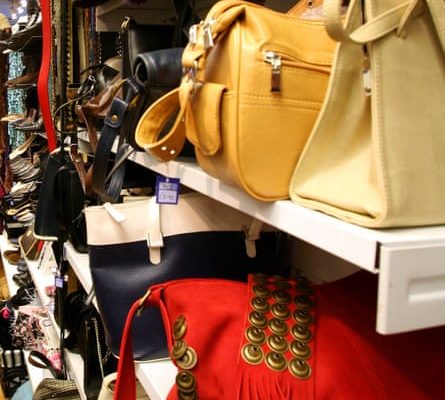“Thrifting” is soaring in popularity as the cost of living crisis bites, and it’s more sustainable, too. So how can you become a pro and grab bargains at charity shops?
Stick to a budget
Gone are the days of rummaging through musty, moth-eaten piles, as charity shops are scoring high on the retail landscape of favourable places to shop and snap up a great deal.
More than three-quarters of people in the UK are shifting towards preloved goods to save money, according to figures from SQLI Digital Experience.
“Inflation might be down but it’s still in double figures, which means people are still struggling with high prices and the monthly budget is front of mind. Browsing the local charity shop benefits the planet and our pockets,” Maike Currie, the head of content at Hargreaves Lansdown, says.
 View image in fullscreenMore people in the UK are buying secondhand items to save money. Photograph: Graham Turner/The Guardian
View image in fullscreenMore people in the UK are buying secondhand items to save money. Photograph: Graham Turner/The Guardian
It is essential to stick to a budget, and the first step to ensuring you don’t overspend is to decide how much you can realistically spare. Once you have your final list of the items you need you can determine how much money you will allocate to your thrifting hunt.
Timing is key
Choosing your time of day to grab a bargain can work in your favour. While there’s no perfect day to bargain hunt in charity shops, some swear by shopping early on Monday and Tuesday. Employees tend to restock earlier in the week, as the weekends tend to be more crowded shopping days.
“I think that, generally, people tend to clear out unused items or declutter over the weekend, and I figure that they would drop them off on Sunday or early Monday,” says Jane De Ste Croix, an educational psychologist and regular charity shopper, who sets her budget at £20 maximum for her two-weekly charity shopping expeditions.
Most charity shops will be restocked on a regular basis, so it is worth visiting them as often as you can in order to give yourself the best chance of buying those top bargains.
All in the label
While on the hunt for bargains, keep an eye out for items where labels have been cut off, as some big retailers have deals with charity shops to donate leftover stock that hasn’t been sold, which may include designer brands.
With clothing, some might argue that dry-clean-only items aren’t the best thing to go for, as the cost of getting the garment cleaned may well defeat the purpose of saving you cash.
Rooting through men’s and women’s items is definitely worthwhile, so forget what the label says if you think a garment may suit you or a family member.
 View image in fullscreenSome big retailers have deals with charity shops to donate leftover stock. Photograph: Gowangold/Alamy
View image in fullscreenSome big retailers have deals with charity shops to donate leftover stock. Photograph: Gowangold/Alamy
Check the items
It is worth taking your time to root around, as hidden treasures can be unearthed with patience and skilful rummaging. However, pay close attention to sizing, quality and any damage such as cracks or broken zips, as the repair costs could add up.
Location, location
Shopping locally can give you the opportunity to familiarise yourself with the type of items donated, and you can talk to a member of the shop’s staff about when they restock so you can plan your timing to snap up a bargain.
Thrift shopping in affluent areas can come with hefty price tags, although the choice may include unused or high-end items. Scoping out different areas can pay off for new finds.
There is always the chance you could unearth a real hidden gem, as the BBC’s Antiques Roadshow demonstrated last year when a man’s £7.99 charity shop ceramic vase was valued at between £5,000 and £10,000 after it was found to date back to the Ming dynasty.
Volunteer
Becoming a volunteer at your local charity shop has its perks: not only are you supporting a good cause you are interested in but you may also be able to browse through new donations before they hit the shop floor.
You may even be offered a staff discount and get to know when some stores organise things such as upcycling events, where heavily discounted recycled furniture is on offer.
 View image in fullscreenHave you considered volunteering at a charity shop? Photograph: Ian Allenden/Alamy
View image in fullscreenHave you considered volunteering at a charity shop? Photograph: Ian Allenden/Alamy
Head online
“Charity shops are constantly working to reach new audiences, whether that’s through selling online, social media or marketing,” says Robin Osterley, the chief executive of the Charity Retail Association, the primary membership association for charity shops in the UK.
Some charities offer online services, so you can check out preloved goods without leaving your house. It can be a time saver with zero rummaging, as you can refine any searches, and many charities will upload new stock or individual items on to their website as soon as they arrive in their shops.
It is worthwhile following your favourite charity shops on Instagram, Twitter or Facebook, or setting up social media alerts so you are the first to know about new or used items for sale, events or discounts when they are available.
The auction site eBay has a dedicated page called eBay for Charity where you can hunt down preloved bargains offered by organisations such as Cancer Research UK, Barnardo’s and the British Heart Foundation, among others.
 View image in fullscreenThere is a section for charities on eBay. Photograph: Rafael Henrique/SOPA Images/Shutterstock
View image in fullscreenThere is a section for charities on eBay. Photograph: Rafael Henrique/SOPA Images/Shutterstock
Sustainable option
Buying secondhand has lots of advantages. It reduces the number of unwanted items that end up in landfill, and you are donating to a worthwhile cause that needs continued funding. And, of course, it means you are saving money.
Hannah Coventry, the head of retail at the Air Ambulance Service, says: “The average charity retail price for a preloved item is just a fifth of the recommended retail price in a high street store.” She adds that buying used instead of new can have a huge impact in terms of reducing CO2 emissions.





